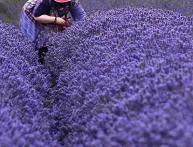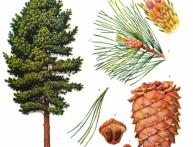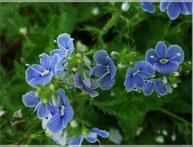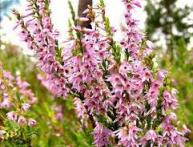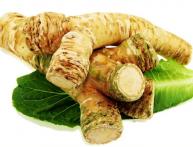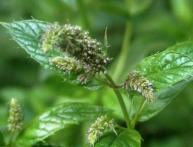Hyssop officinalis and its cultivation
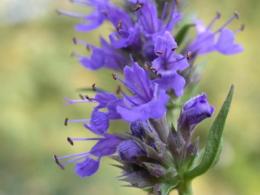
Hyssop officinalis is a medicinal plant that has long been used in folk medicine. To collect and harvest, it is necessary to collect the upper flowering part of the shoots. After this, they are tied into small bundles and hung in a ventilated place to dry.
Use of hyssop in folk medicine:
- treats gastrointestinal diseases, chronic colitis, bronchial asthma, inflammatory processes in the oral cavity
- stimulates appetite and has a beneficial effect on the digestion process
- has a diuretic, antiseptic, sedative and anticonvulsant effect
- helps treat dry cough by causing expectoration
By the way, hyssop is considered an excellent seasoning for meat dishes, which adds spice to them.
Hyssop and its cultivation
Hyssop officinalis, the properties of which are explained by the presence of tannins, essential oils, and sitosterol, can be grown independently. It belongs to unpretentious plants. It can be propagated by dividing the bush, cuttings or seeds.
Typically, growing hyssop begins with preparing the soil, which should be light and fertile. If the soil is acidic, add a little lime.
It is best to first grow seedlings in a greenhouse, and then place them in already well-warmed soil. Be sure to regularly remove weeds to prevent them from interfering with hyssop growth.
In general, hyssop tolerates cold and drought easily.Therefore, you can safely cultivate it in your summer cottage as a medicinal plant, as well as one of the elements of landscape design.

